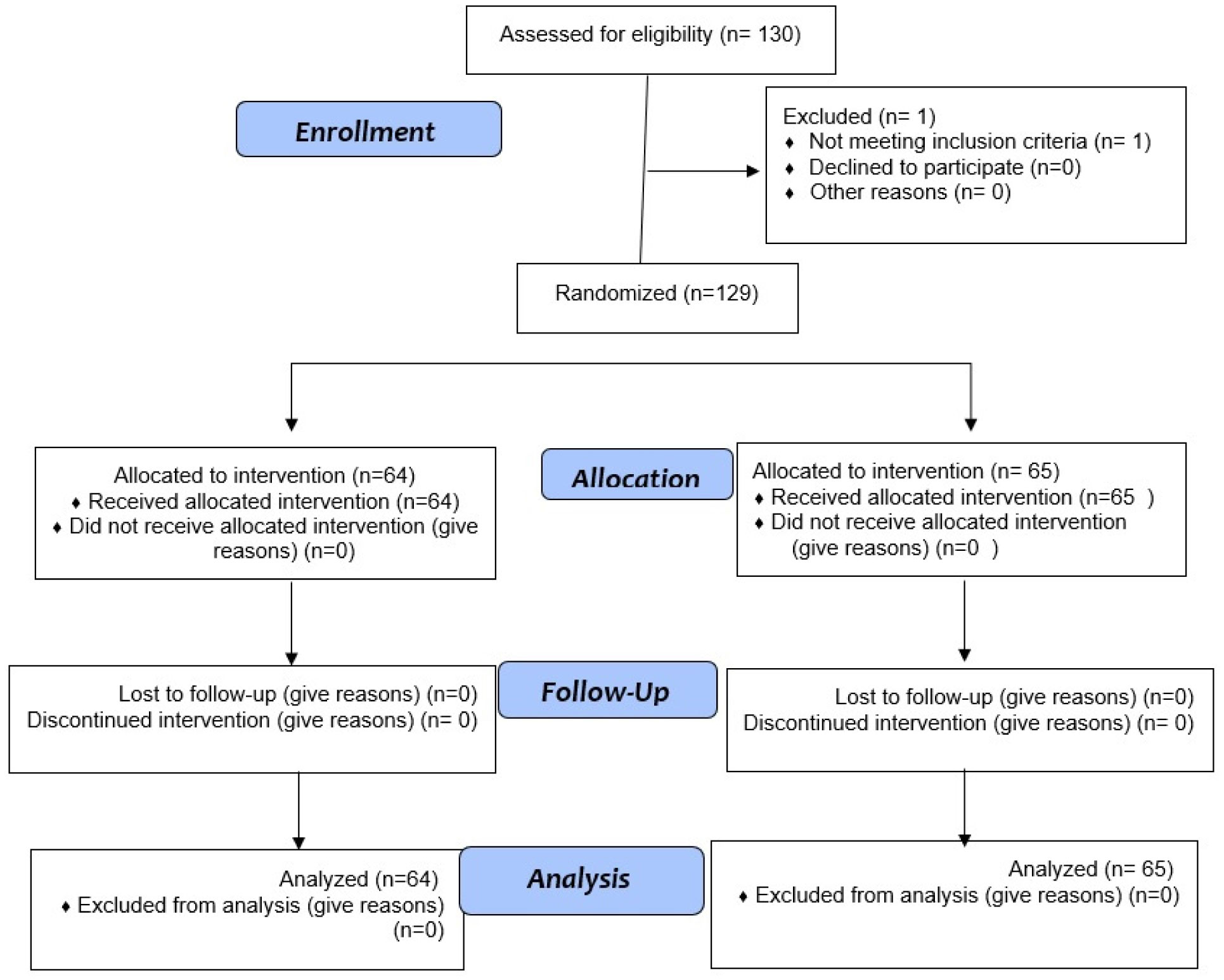1.
Introduction
Convex functions are of great importance in both formal and applied sciences due to their nice properties associated with solving optimization problems. Especially, advances in mathematics accompany the progress of new convexity types which are extensions or generalizations of convex functions such as quasiconvexity, B-convexity, B−1-convexity, p-convexity etc [1,5,10,17,19]. s-convexity is among them, which attracts many researchers and has found application area in fractal sets [7,9,12]. The basics of s-convexity goes back to the studies on modular spaces and Orclicz spaces [4,13]. s-convexity is a generalization of classical convexity obtained by means of changing the powers of parameters. To clarify, let us recall the classical definitions of convexity.
Let A⊂Rn. A is said to be convex if
for all x,y∈A and λ,μ∈[0,1] such that λ+μ=1. A real valued function f defined on a convex set A is said to be convex if
for the same variables as before. In [4,13], s-convex functions are introduced by using sth power of λ and μ, where s is called generic class constant and 0<s≤1. They give two kinds of s-convex functions, namely, in the first sense and in the second sense. These functions on nonnegative real numbers are defined as follows.
Let f:[0,∞)→R. The function f is said to be s-convex function in the first sense if
for all x,y∈[0,∞) and λ,μ∈[0,1] such that λs+μs=1.
For the function f defined on the same set as above, it is said to be s-convex in the second sense if
for all x,y∈[0,∞) and λ,μ∈[0,1] such that λ+μ=1. [11] introduces s-convexity in the third sense by changing the parameters in a similar manner and extending the domain into subsets of Rn. In order to set this kind of s-convexity, the function is defined on p-convex sets which is a generalization of convex sets and already given in [3,8].
Let A⊆Rn and p∈(0,1]. A is said to be p-convex set if
for all x,y∈A and λ,μ∈[0,1] such that λp+μp=1. In [11], p-convex sets are called s-convex sets. For sake of convenience, we use the same. On this set, the third sense s-convex function is given as follows:
Let A⊂Rn be a s-convex set and f:A→R. The function f is said to be s-convex in the third sense if
for all x,y∈A and λ,μ∈[0,1] such that λs+μs=1.
In the literature, most of the salient studies on s-convex functions involves the s-convex versions of the integral inequalities presented for classical convex functions such as Hermite-Hadamard, Fejer, Grüss inequalities and these versions are given mostly for the first and second senses [2,6,15,16,18]. The Ostrowski inequality is one of them, which puts a bound for the difference between function and its average value on an interval. The Ostrowski inequality is stated as follows [14].
Let f:R→R be a differentiable function. If |f′(x)|≤M, x∈[a,b], then the following inequality holds for all x∈[a,b]:
In this work, we state the Ostrowski inequality for functions f having the property that |f′| is s-convex in the third sense. Also, we obtain some relations relevant to Hermite-Hadamard inequality type results for s-convex functions in the third sense as special case. Moreover, using the obtained results, we provide a bound for a quadrature formula and some relations between generalized logarithmic and arithmetic means.
Also, let us state the necessary inequalities and formulas to be used throughout the paper. The Beta function is defined as follows:
and B(α1,α2) satisfies the properties below:
2.
Main results
With the help of the following lemma the Ostrowski inequality is stated for functions f on an interval [a,b] such that |f′| is s-convex in the third sense. Also, by applying Hölder and power mean integral inequalities, we have different bounds expressed in terms of first derivatives of the function. In addition, as a special case of the obtained inequalities, different upper bounds can be obtained for the right hand side of the Hermite-Hadamard inequality for functions f such that |f′| is s-convex in the third sense. To illustrate, we present it only in Corollary 4.
Lemma 1. Let s∈(0,1], a,b∈R with a<b, f:[a,b]→R be a differentiable function and f′∈L[a,b], thenthe following holds:
Proof. The substitutions y=t1sx+(1−t)1sa and y=t1sb+(1−t)1sx in the integrals at the right hand side yield
respectively. Letting u=y−a and u=y−b, f′(y)dy=dv in common for the partial integration on integrals above, respectively. Then integration by parts yields the conclusion.
Before presenting the results, we give some auxiliary arguments, which are used in the proofs of the results.
Lemma 2. Let s∈(0,1], t∈[0,1], a,b∈R with a<b, x∈[a,b],
Then, the following inequalities hold:
Proof. (ⅰ) Using triangle inequality with t1s≤1 and 1−(1−t)1s≥0, we have
Similarly, it can be easily seen that |h1(t)|≤|x|+|b|.
(ⅱ) Using triangle inequality with t1s−1≤1 and (1−t)1s≤1, we get
|g2(t)|=|t1s−1x−(1−t)1s−1a|≤|t1s−1x|+|a(1−t)1s−1|≤|x|+|a|.
In the same way, it can be shown that |h2(t)|≤|x|+|b|.
(ⅲ) From triangle inequality, we have
(ⅳ) It can be easily seen by using the same method in the proof of (ⅲ).
Theorem 3. Let a,b∈R with a<b, f:R→R be adifferentiable function such that |f′| is integrable on [a,b] and s-convex in thethird sense on R. Then the following inequality holds for all x∈[a,b]:
Proof. Using Lemma 1, triangle inequality, Lemma 2 (ⅰ)–(ⅱ), and the s-convexity of |f′|, we have
Applying Theorem 3 for x=a+b2, we can get a bound for the left side of the Hermite-Hadamard inequality for functions f such that |f′| is s-convex in the third sense. This result is similar to but different from the result given in [17].
Corollary 4. Let f:R→R be a differentiablefunction and |f′| be an integrable on [a,b]and s-convex in the third sense on R. Then
Corollary 5. Let f:R→R be a differentiable function and |f′| be an integrable on [a,b] and s-convex in the third sense on R. If |f′(x)|≤M, x∈[a,b], then the following inequality holds:
Theorem 6. Let a,b∈R with a<b, f:R→R be a differentiable function such that |f′| is integrable on [a,b] and s-convex in thethird sense on R. Then the following inequality holds for all x∈[a,b]:
Proof. Let g1(t),g2(t),h1(t) and h2(t) functions as in Lemma 2. Using Lemma 1, triange inequality, Lemma 2 (ⅲ)–(ⅳ), the s-convexity of |f′| and properties of the Beta function, we can write the following:
Theorem 7. Let a,b∈R with a<b, p∈(1,∞), f:R→R be a differentiable function such that |f′|p is integrable on [a,b] and s-convex in the third sense on R. Then the following inequality holds for all x∈[a,b]:
Proof. By making use of Lemma 1, triangle inequality, Lemma 2 (ⅰ)–(ⅱ), Hölder inequality and the s-convexity of |f′|p, we can write the following:
Corollary 8. Under the condition of theorem above with |f′(x)|≤M for x∈[a,b], the following inequalityis obtained:
Theorem 9. Let a,b∈R with a<b, q∈[1,∞), f:R→R be a differentiable function such that |f′|q is integrable on [a,b] and s-convex in the third sense on R. Then
where
Proof. By making use of Lemma 1, triangle inequality, power mean inequality, Lemma 2 (ⅰ)–(ⅱ), the s-convexity of |f′|q and properties of the Beta function, we have
Corollary 10. Under the conditions of Theorem 9 above with |f′(x)|≤M for x∈[a,b], the following inequality is obtained:
3.
Applications
It is stated in [11] that f(x)=−x1s is an s-convex function in the third sense on [0,∞). Using this fact and the results, we obtain some mean inequalities. Let us recall some special means, namely, arithmetic, geometric, Heronian, generalized logarithmic means given, respectively, as follows:
Proposition 11. Let s∈(0,1] and a,b∈R+ with a<b then the followinginequality holds:
Proof. Let us take f(x)=−ss+1x1s+1 on [a,b] and x=a+b2 in Theorem 3. Since |f′(x)|≤b1s, we can write
Making some algebraic manipulations and using the definitions of means, we obtain the required inequality.
Moreover, we can find an upper bound for the error of a quadrature formula involving Riemann sums of functions f for which |f′| is s-convex in the third sense.
Let f be an integrable function on [a,b] and P be a partition of the interval [a,b], i.e., P:a=x0<x1<⋯<xn−1<xn=b, Δxi+1=xi+1−xi and for i=0,1,...,n−1, ci∈[xi,xi+1]. We denote the Riemann sums as follows:
Then we have the following theorem stating an upper bound for a quadrature formula:
Theorem 12. Let M∈(0,∞) and f:R→R be differentiablefunction such that |f′| is integrable on [a,b] with|f′(x)|≤M for x∈[a,b] and |f′| is as-convex function in the third sense. Suppose that P,ci for i=0,...,n−1 isas above. Then
where Qn(f,Pn,c) is the remainder and
Proof. We apply Theorem 3 to the interval [xi,xi+1] and to the point x=ci and get
By using triangle inequality and summing up the previous estimate for i=0,...,n−1 we obtain
If we use midpoints as the points ci, we have the following inequality:
Corollary 13. Under the conditions of the theorem above and ci=xi+xi+12, the following holds:
Acknowledgments
The authors are very grateful to the referees for their valuable comments and contributions.
Conflict of interest
The authors declare no conflict of interest.













 DownLoad:
DownLoad: